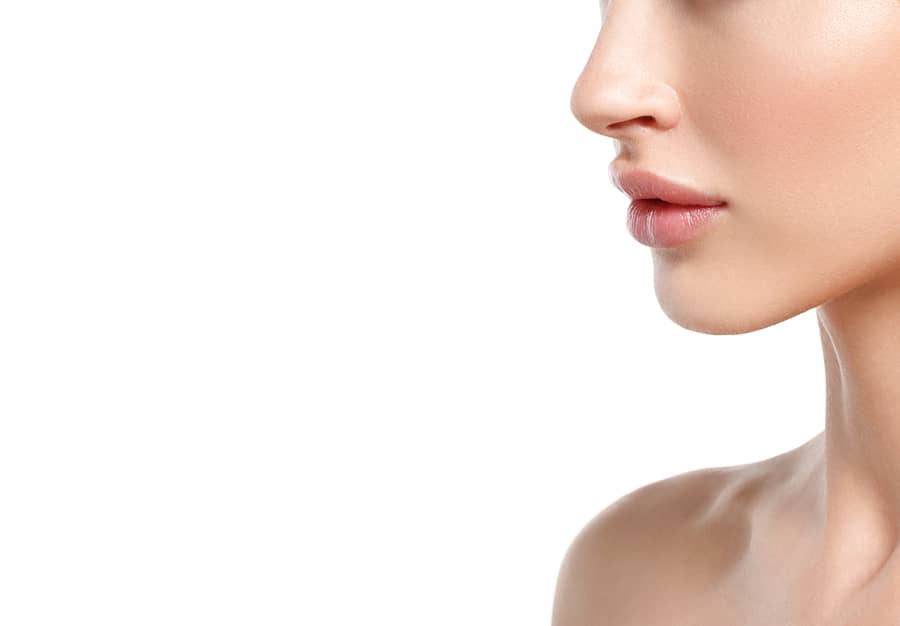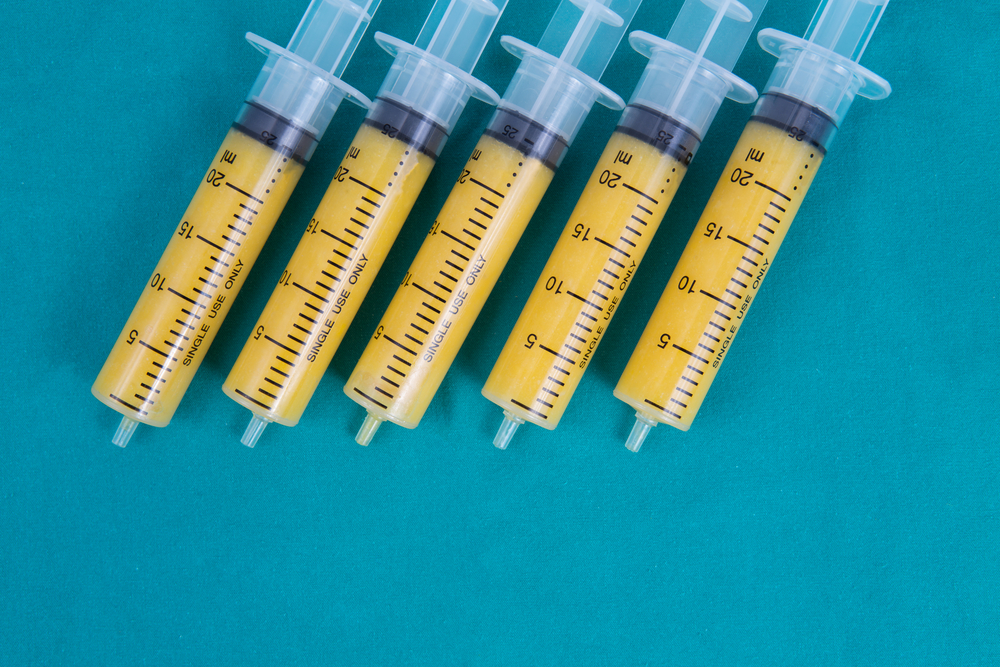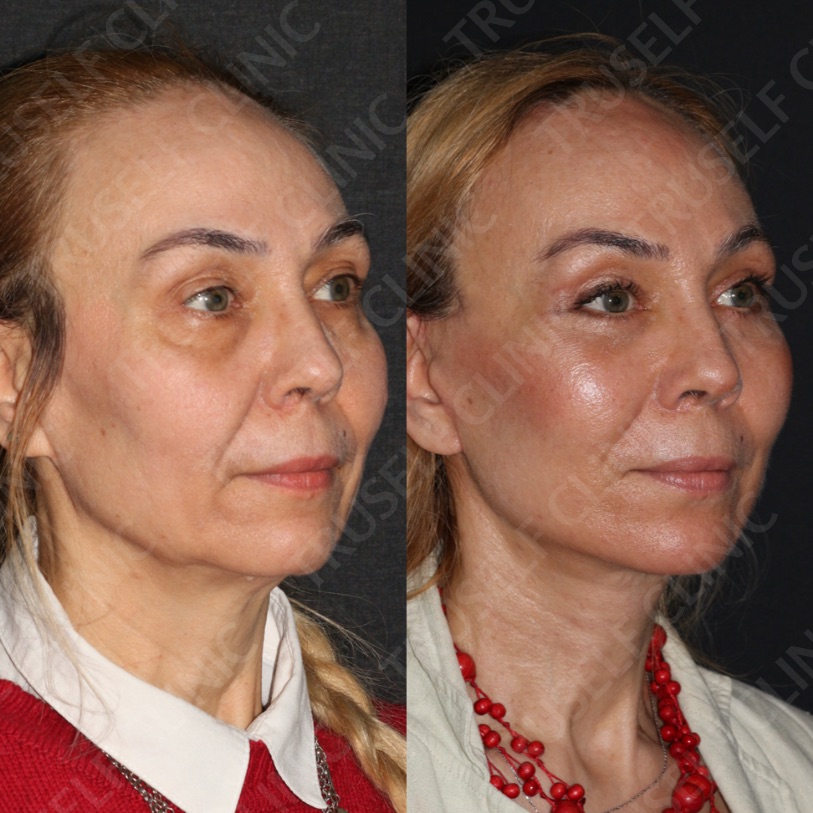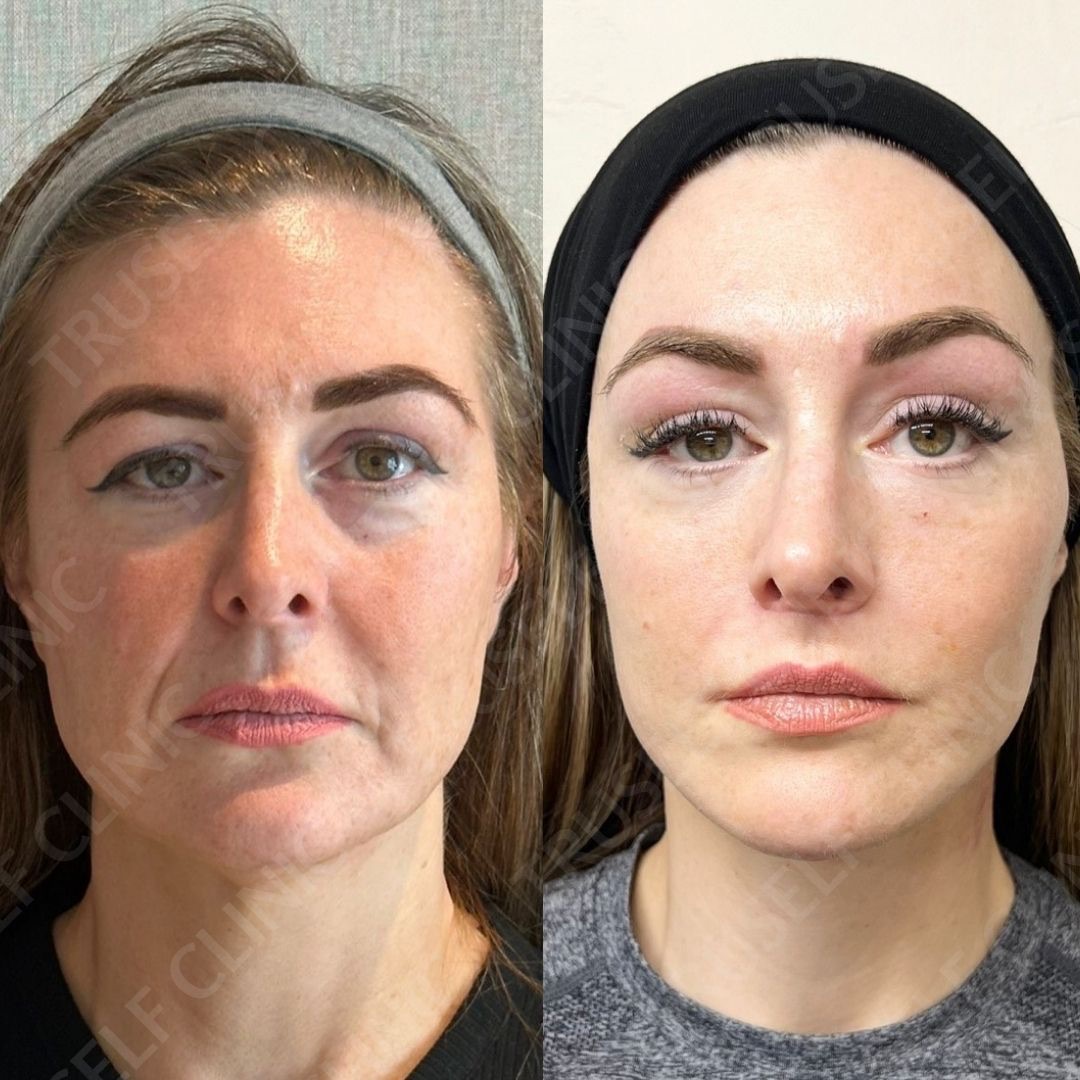Rhinoplasty in a Nutshell

Rhinoplasty is a surgical procedure performed on the nose to improve its appearance or function. It is commonly referred to as a "nose job" and involves reshaping the nose by altering the size, shape, or proportion of the nasal bridge, tip, or nostrils.
Rhinoplasty can be performed for cosmetic reasons, such as to improve the appearance of the nose, or for functional reasons, such as to improve breathing or alleviate snoring. The procedure can involve various techniques, such as removing cartilage or bone, adding tissue, or reshaping the nasal structures.
Rhinoplasty is typically performed under general anesthesia and can take several hours to complete. Recovery time varies, but patients can usually return to work and other activities within two weeks after the procedure.
Open rhinoplasty and closed rhinoplasty are two different surgical techniques used to reshape the nose. The main difference between the two is the location of the incisions.
In a closed rhinoplasty, all incisions are made inside the nostrils, so there are no visible scars. The surgeon makes small incisions inside the nostrils and accesses the nasal structures through those openings. This technique is often used for minor nose reshaping procedures, such as reducing the size of a hump or refining the tip of the nose.
In an open rhinoplasty, an additional incision is made on the columella (the strip of tissue between the nostrils) in addition to the incisions inside the nostrils. This allows the surgeon to lift the skin off the nasal structures and see them more clearly, which can be especially useful for more complex surgeries that require more extensive reshaping. The open approach can also provide better access for grafting and suturing.
Both techniques have their advantages and disadvantages and the choice between them depends on the individual patient's needs and the surgeon's preferences and experience. Closed rhinoplasty generally has less swelling and a quicker recovery time, while open rhinoplasty may be necessary for more extensive procedures or cases where greater precision and control are required.
As with any surgery, there are potential risks and complications associated with rhinoplasty, so it is important to discuss these with a qualified surgeon and carefully consider the decision to undergo the procedure.
There are two main techniques used for rhinoplasty: open rhinoplasty and closed rhinoplasty.
Open Rhinoplasty: In an open rhinoplasty, a small incision is made on the columella (the strip of tissue between the nostrils) in addition to the incisions inside the nostrils. This allows the surgeon to lift the skin off the nasal structures and see them more clearly, which can be especially useful for more complex surgeries that require more extensive reshaping. The open approach can also provide better access for grafting and suturing.
Closed Rhinoplasty: In a closed rhinoplasty, all incisions are made inside the nostrils, so there are no visible scars. The surgeon makes small incisions inside the nostrils and accesses the nasal structures through those openings. This technique is often used for minor nose reshaping procedures, such as reducing the size of a hump or refining the tip of the nose.
In addition to these two main techniques, there are other specialized techniques that may be used for specific cases, including:
Tip Rhinoplasty: This technique is used to reshape and refine the tip of the nose.
Augmentation Rhinoplasty: This technique is used to build up the bridge of the nose using implants or grafts.
Reduction Rhinoplasty: This technique is used to reduce the size of the nose or specific parts of the nose, such as a hump or nostrils.
Revision Rhinoplasty: This technique is used to correct problems or complications from a previous rhinoplasty surgery.
Am I a good candidate for rhinoplasty?
Determining whether you are a good candidate for rhinoplasty requires a consultation with a qualified plastic surgeon, who can evaluate your individual needs and goals and recommend the most appropriate treatment plan. However, some general factors that may make you a good candidate for rhinoplasty include:
Your nose is causing functional problems: If you have difficulty breathing or experience chronic sinus infections or other nasal issues, rhinoplasty may be a good option to correct these problems.
You are in good overall health: Rhinoplasty is a surgical procedure, so it is important to be in good overall health before undergoing the surgery.
You have realistic expectations: While rhinoplasty can improve the appearance of your nose, it is important to have realistic expectations for the outcome of the procedure. A qualified plastic surgeon can help you understand what results you can reasonably expect from the surgery.
You are psychologically stable: Rhinoplasty can have a significant impact on your appearance, so it is important to be emotionally and psychologically stable before undergoing the surgery.
You are at least in your mid-teens: While rhinoplasty can be performed on patients of all ages, the procedure is generally not recommended for children who have not yet completed their facial growth. Most surgeons recommend waiting until at least the mid-teens before performing the procedure.
It is important to consult with a qualified plastic surgeon to determine whether rhinoplasty is the right procedure for your individual needs and goals. The surgeon will evaluate your medical history, assess your individual risk factors, and take steps to ensure a safe and successful surgery.
What are the risks of rhinoplasty?
Like any surgical procedure, rhinoplasty comes with certain risks and potential complications. Some of the most common risks associated with rhinoplasty may include:
Bleeding: Bleeding during or after the surgery is a common risk of rhinoplasty. In some cases, additional surgery may be needed to stop the bleeding.
Infection: Infection is a risk with any surgical procedure. Antibiotics may be prescribed before and after the surgery to help prevent infection.
Scarring: Scarring can occur both internally and externally after rhinoplasty, although external scarring is usually minimal.
Breathing difficulties: In some cases, rhinoplasty can cause breathing difficulties or make existing breathing problems worse.
Loss of sensation: Changes in sensation around the nose or upper lip are common after rhinoplasty, although these usually improve over time.
Poor cosmetic outcome: While most patients are satisfied with the outcome of their rhinoplasty, there is a risk of poor cosmetic outcome or dissatisfaction with the results.
Anesthesia risks: As with any surgery, there is a risk of complications related to anesthesia.
It is important to discuss the potential risks and benefits of rhinoplasty with a qualified plastic surgeon before undergoing the procedure. The surgeon will evaluate your medical history, assess your individual risk factors, and take steps to minimize the likelihood of complications. Following post-operative instructions and attending follow-up appointments as directed can also help to reduce the risk of complications and ensure optimal results.
How to get ready for the surgery?
Getting ready for rhinoplasty requires careful preparation and planning to ensure a safe and successful surgery. Here are some steps you can take to prepare for your procedure:
Choose a qualified plastic surgeon: It is important to choose a plastic surgeon who is board-certified and has extensive experience performing rhinoplasty procedures.
Attend a consultation: Attend a consultation with your plastic surgeon to discuss your goals for the procedure and determine whether you are a good candidate for rhinoplasty.
Stop smoking: Smoking can increase the risk of complications during and after surgery, so it is important to quit smoking at least several weeks before your procedure.
Avoid certain medications and supplements: Certain medications and supplements, including blood thinners and aspirin, can increase the risk of bleeding during and after surgery. Your plastic surgeon will provide you with a list of medications and supplements to avoid in the weeks leading up to your procedure.
Follow pre-operative instructions: Your plastic surgeon will provide you with specific instructions to follow in the days and weeks leading up to your procedure. These may include dietary restrictions, avoiding alcohol, and taking certain medications as directed.
Arrange for transportation and aftercare: Rhinoplasty is typically performed under general anesthesia, so you will need someone to drive you home after your procedure. You should also arrange for someone to stay with you for the first 24 hours after your surgery.
Preparing for rhinoplasty may sound unnecessary but taking the time to prepare properly can help to ensure a safe and successful surgery and optimal results.
How is the healing process after rhinoplasty?
The healing process after rhinoplasty (nose job) can vary depending on the individual and the extent of the surgery. Here is a general timeline of what to expect during the healing process:
First week: The first week after surgery is typically the most uncomfortable. You may experience pain, swelling, and bruising around the nose and eyes. Your surgeon will provide you with medication to manage these symptoms.
First two weeks: The swelling and bruising should begin to subside during the second week. You may still need to wear a splint on your nose to help it heal properly.
First month: The majority of the swelling should have gone down by the end of the first month, though some minor swelling may persist for several months.
First six months: The healing process can take up to six months or longer, during which time you may experience occasional bouts of swelling or sensitivity around the nose.
It's important to follow your surgeon's post-operative care instructions to ensure proper healing and minimize the risk of complications. Here are some general guidelines on how to take care of yourself after rhinoplasty:
Rest and avoid strenuous activity for the first week or two after surgery.
Avoid blowing your nose for at least a week after surgery.
Keep your head elevated when sleeping to help reduce swelling.
Avoid wearing glasses or sunglasses that rest on the bridge of your nose for at least six weeks.
Avoid activities that could cause trauma to your nose, such as contact sports.
Attend follow-up appointments with your surgeon to monitor your healing progress and ensure that there are no complications.
Avoid exposing your nose to direct sunlight for several months after surgery to prevent scarring.
It's important to be patient during the healing process and to follow your surgeon's instructions closely to ensure the best possible outcome. If you have any concerns or questions during the healing process, be sure to contact your surgeon for guidance.






